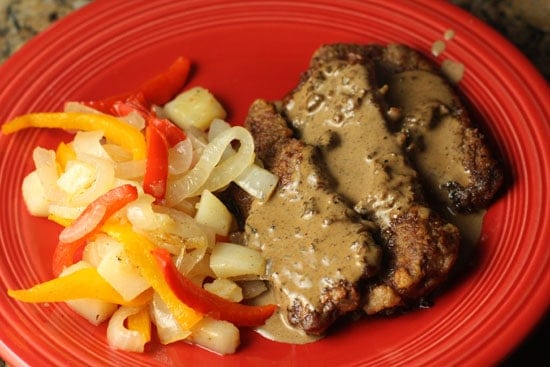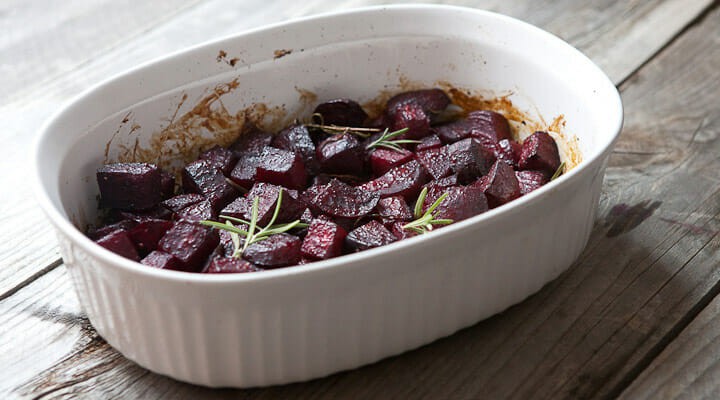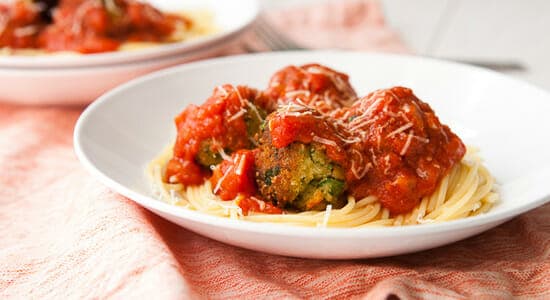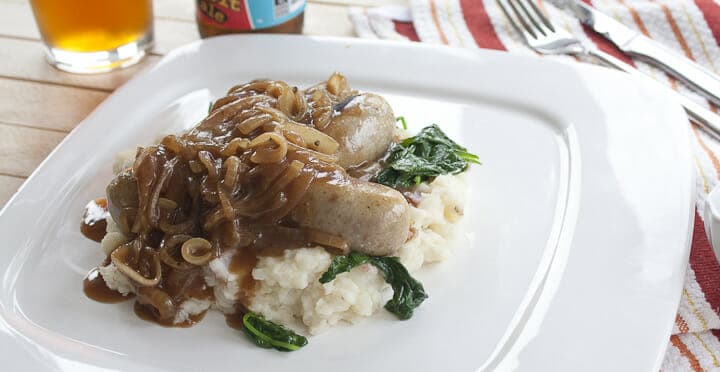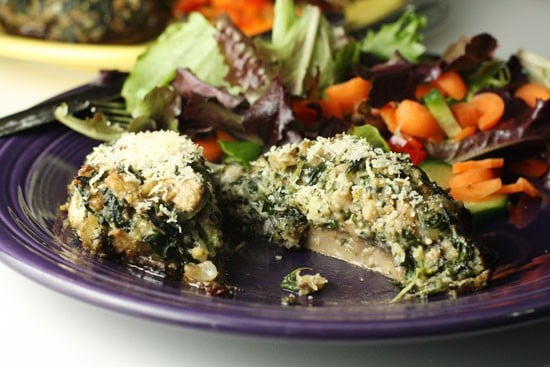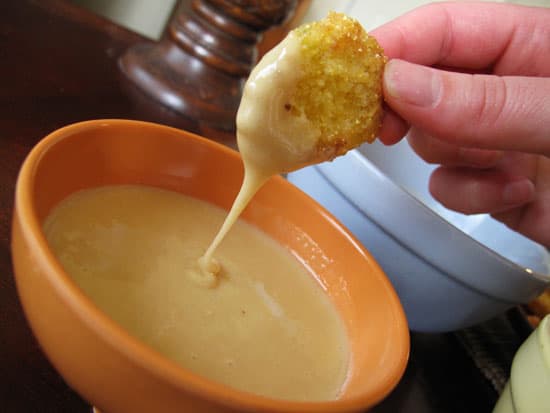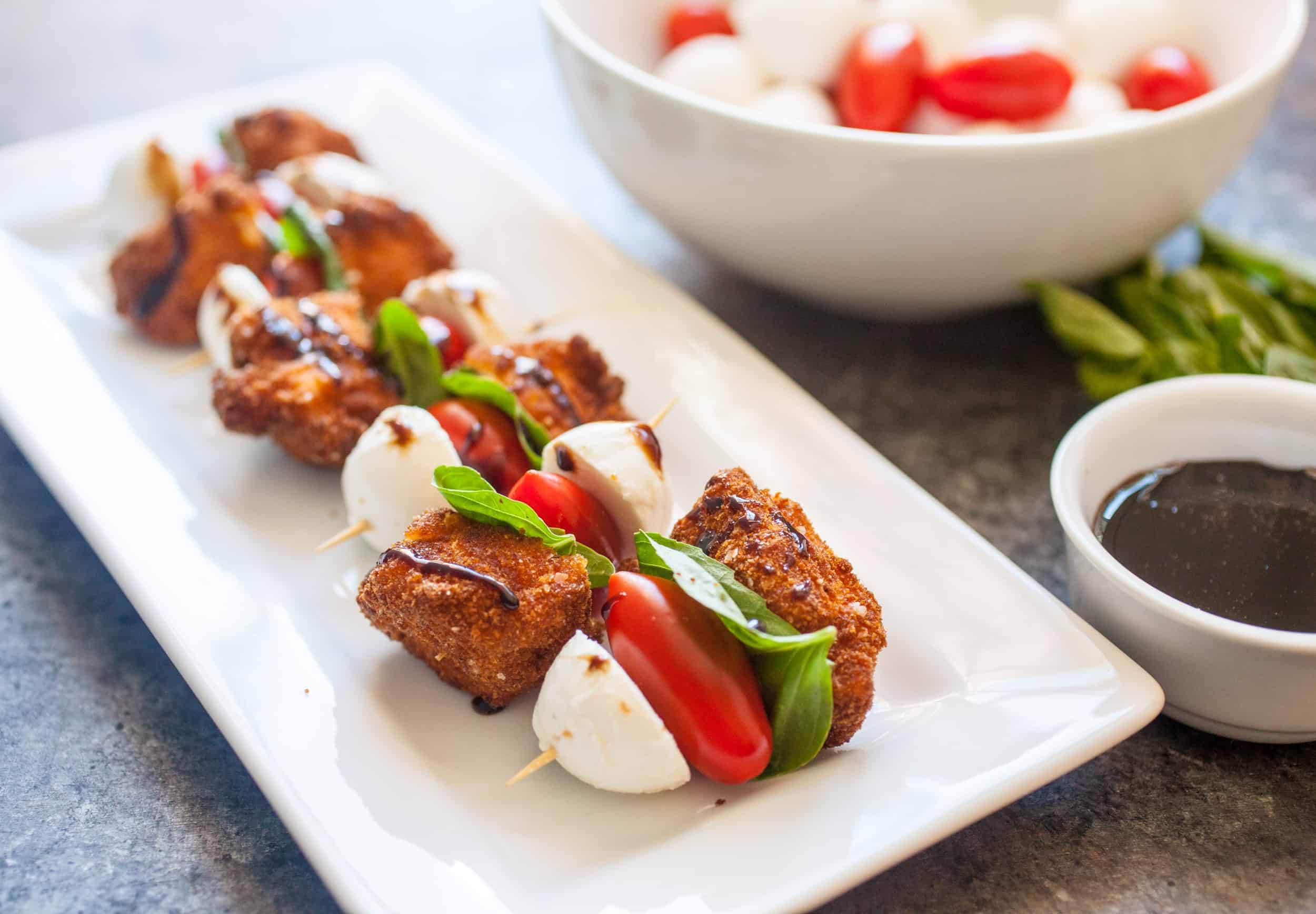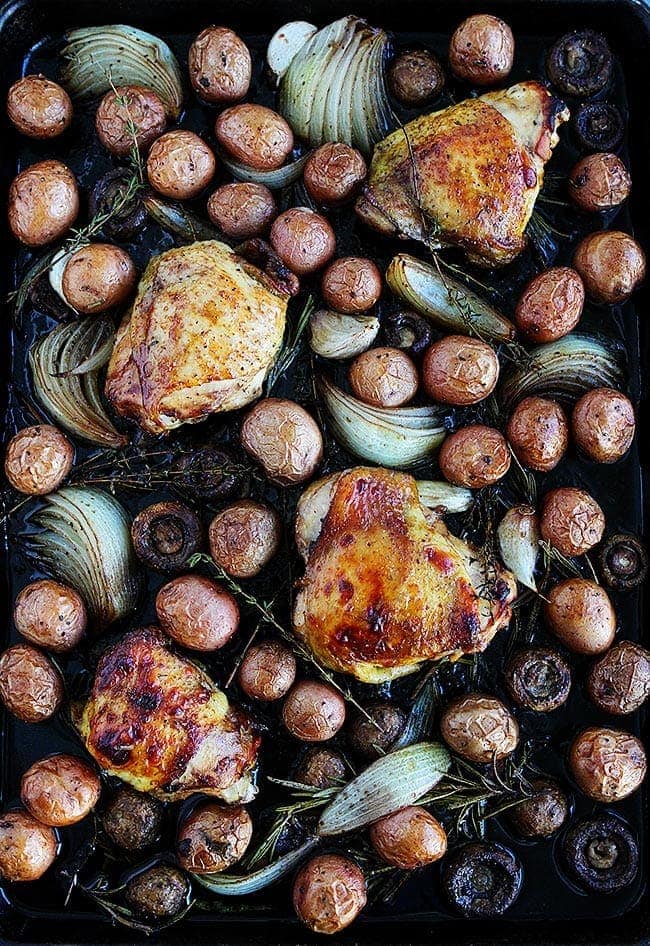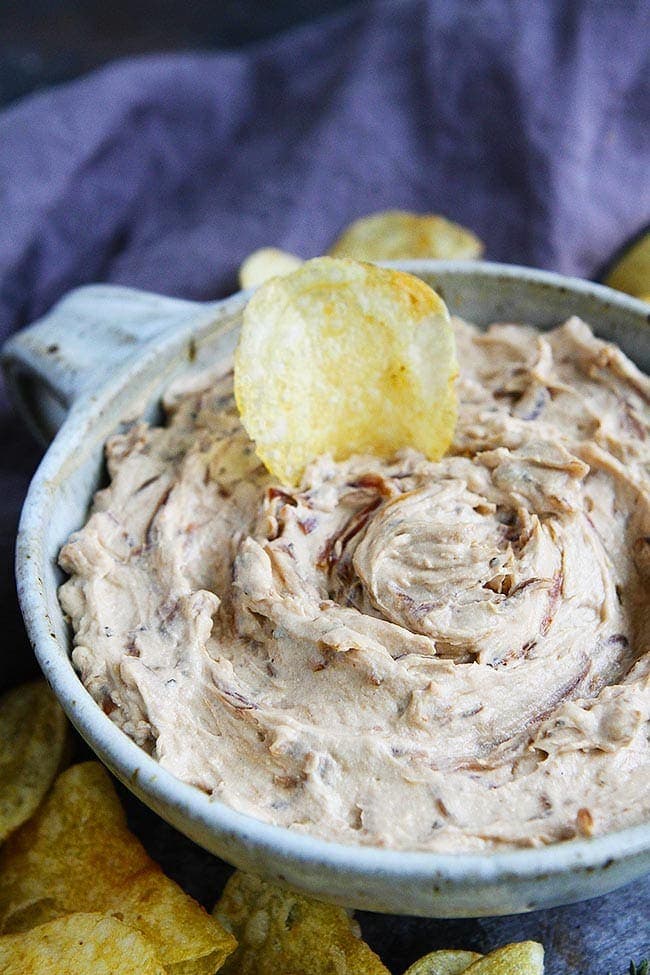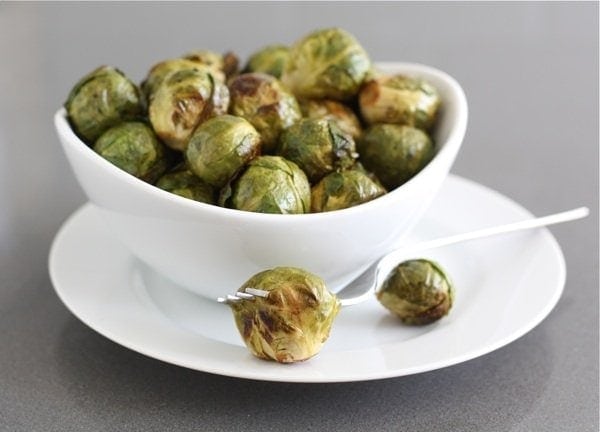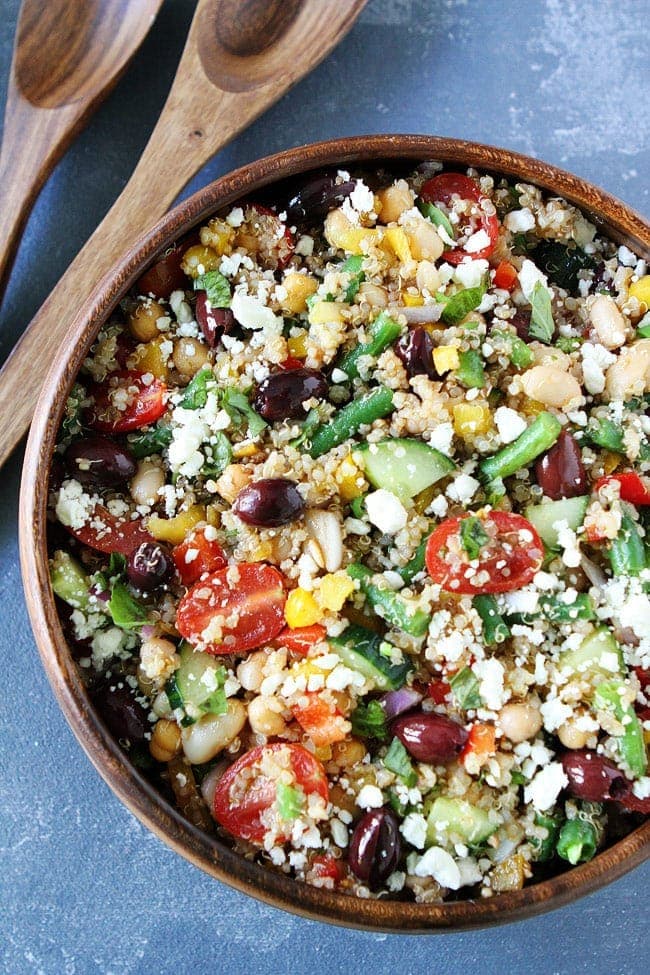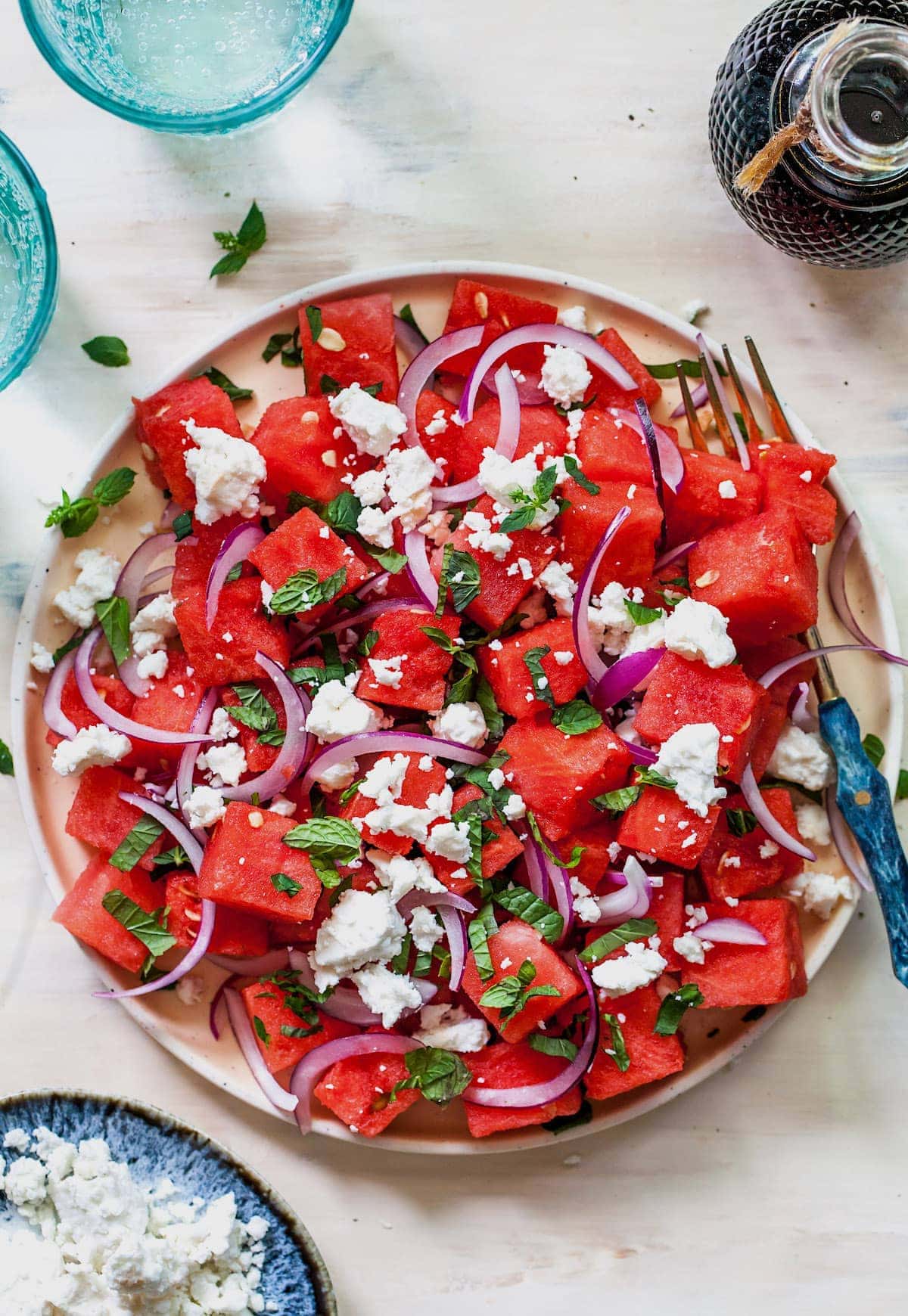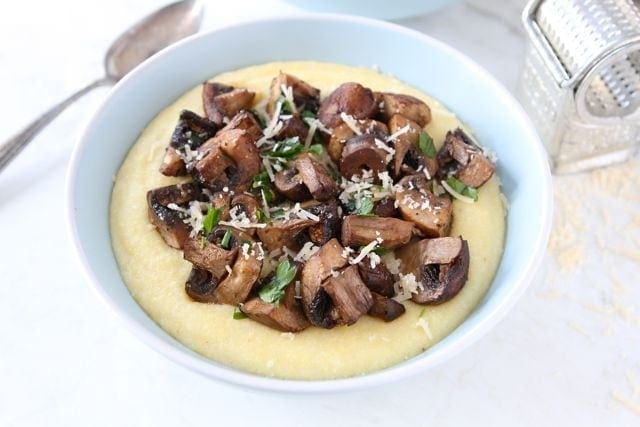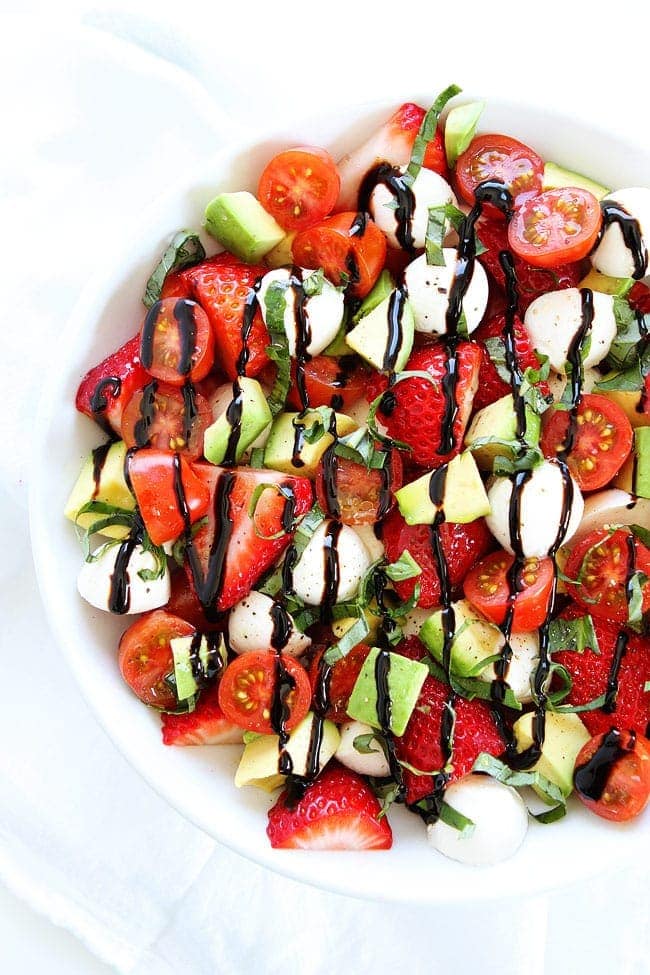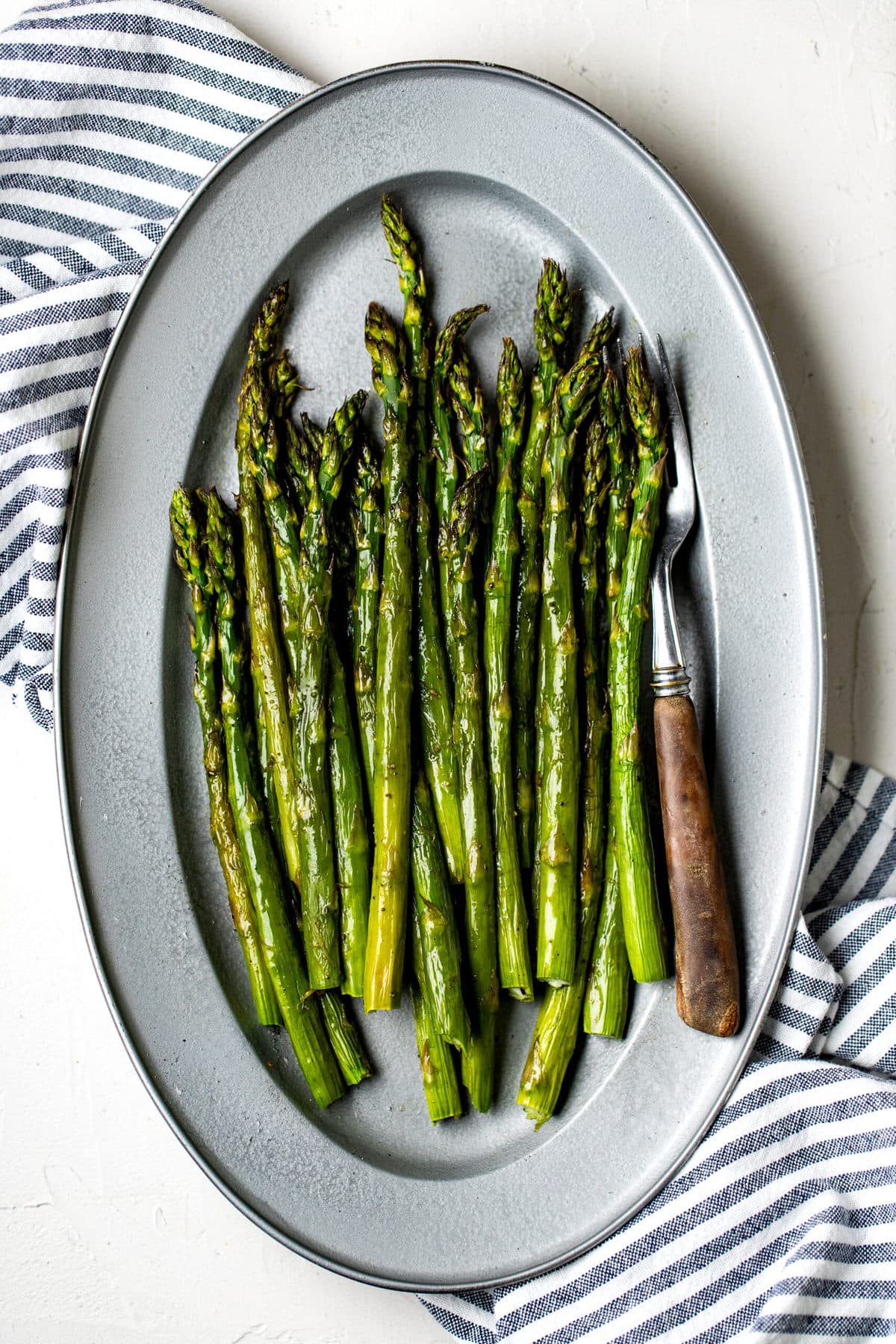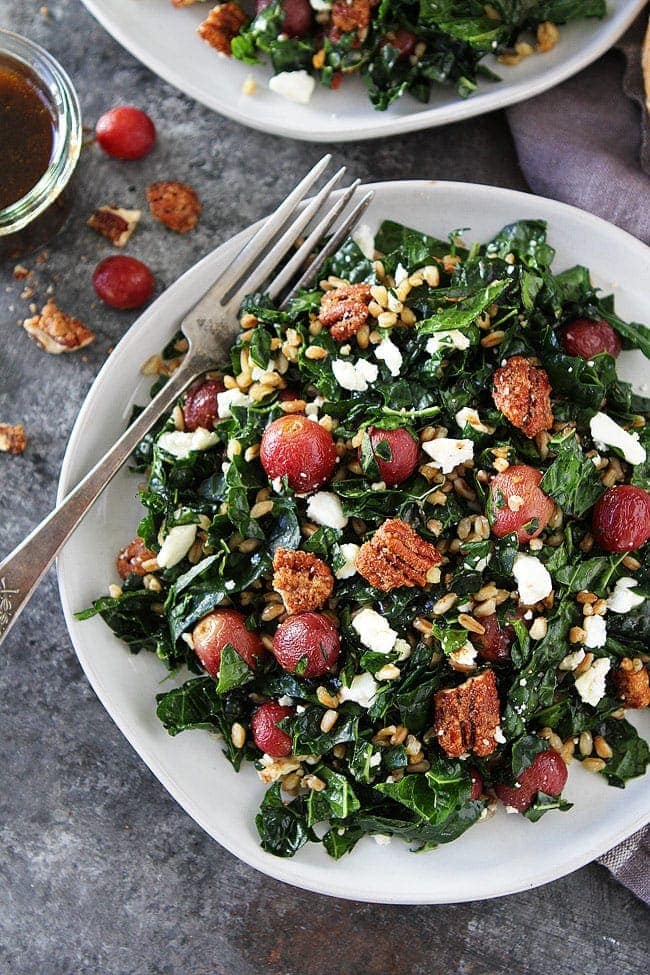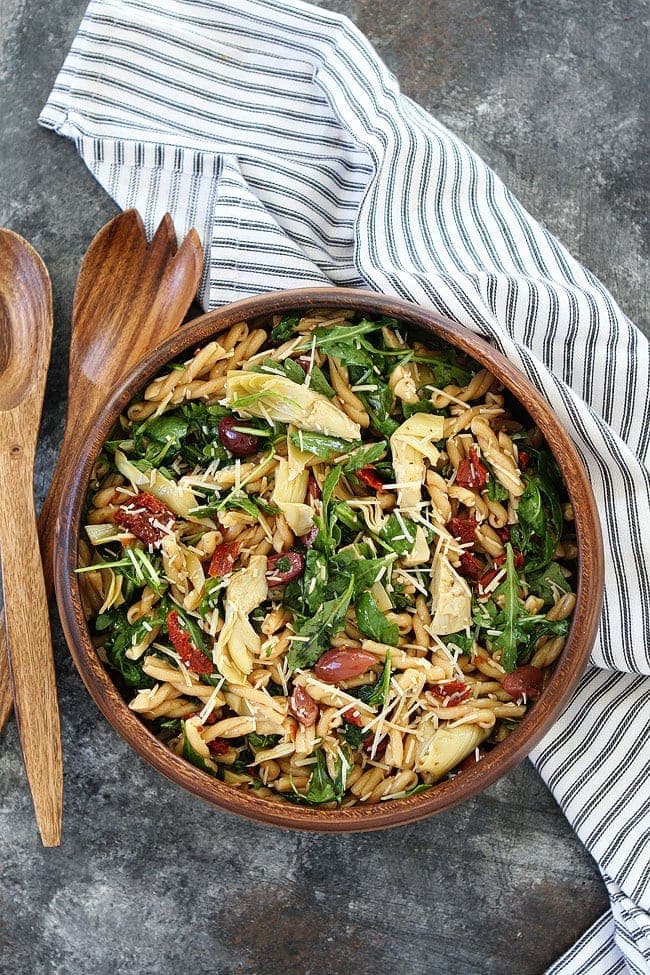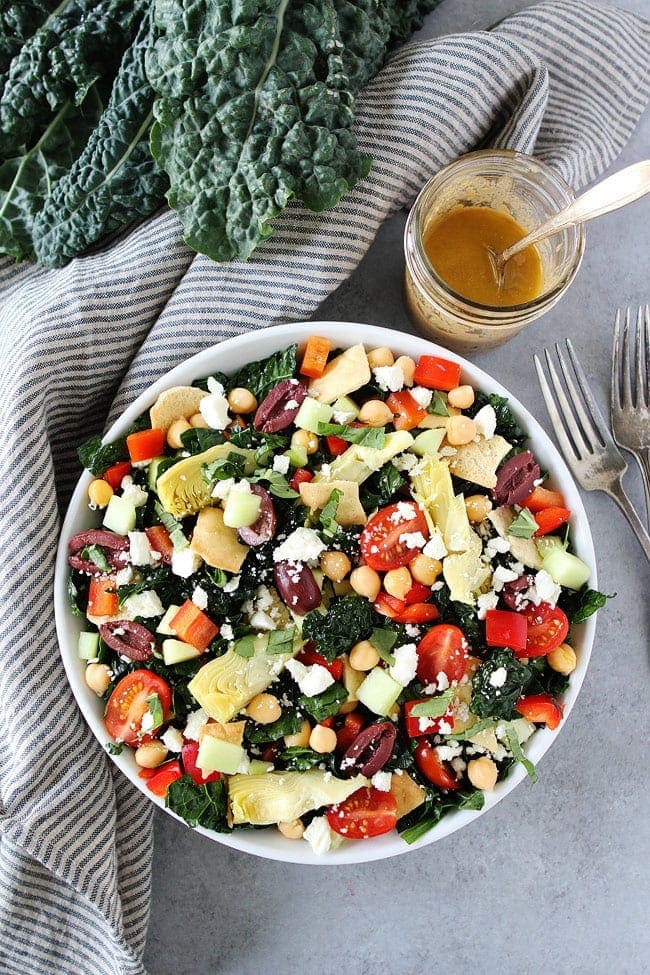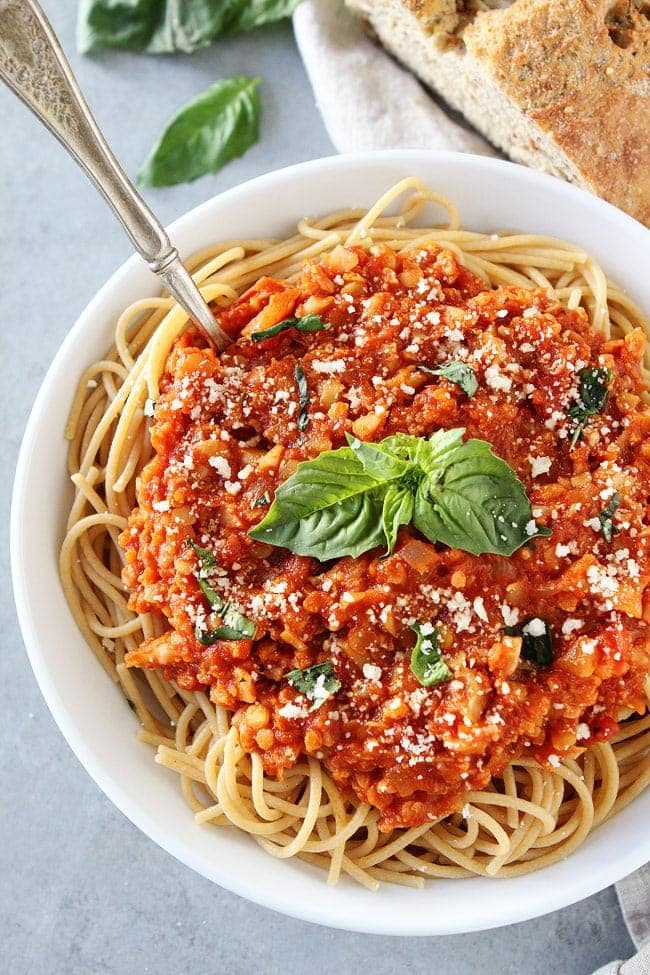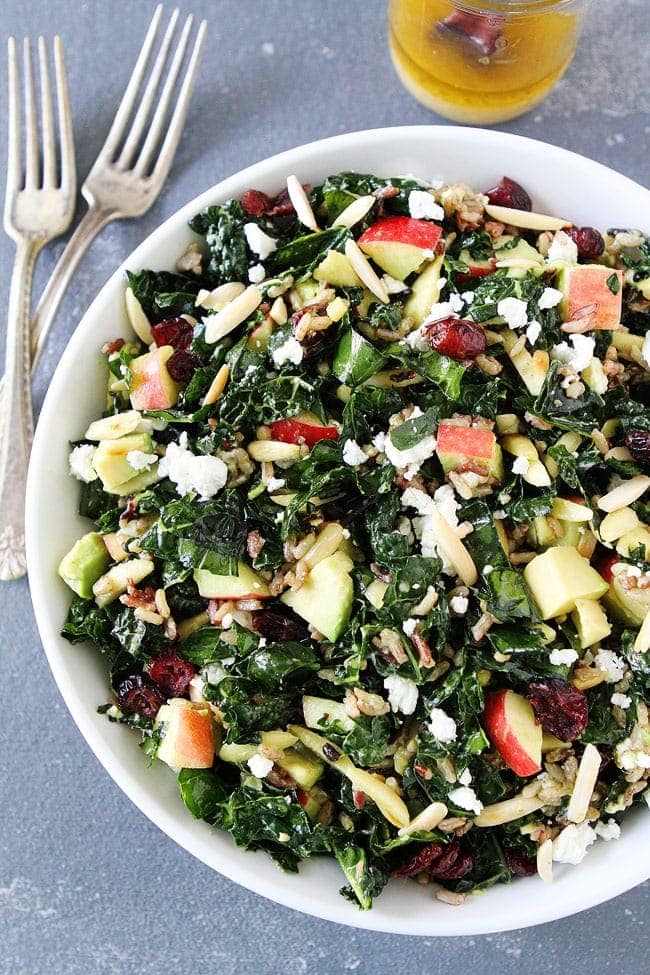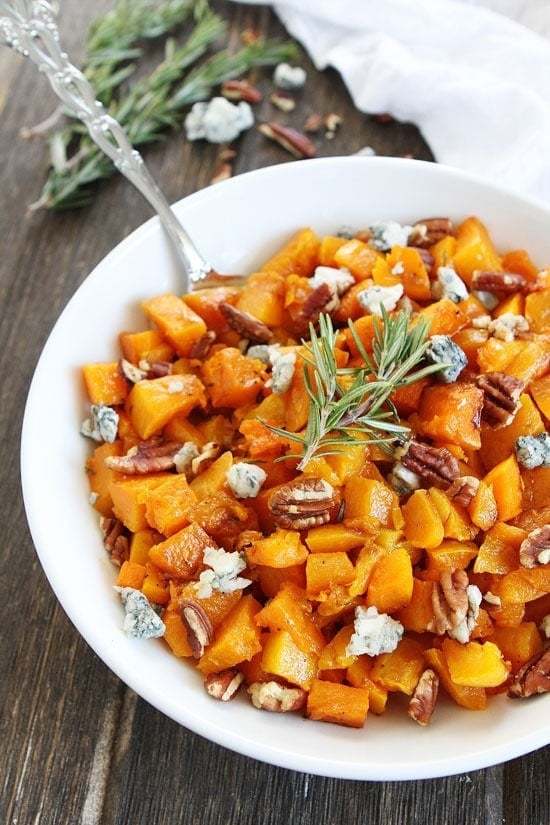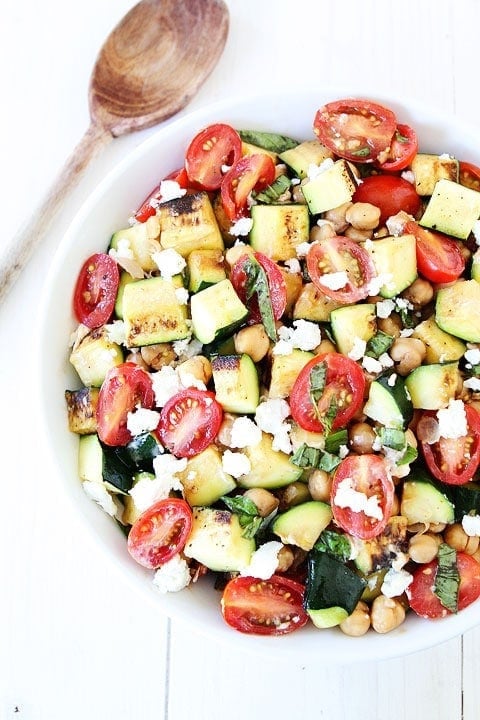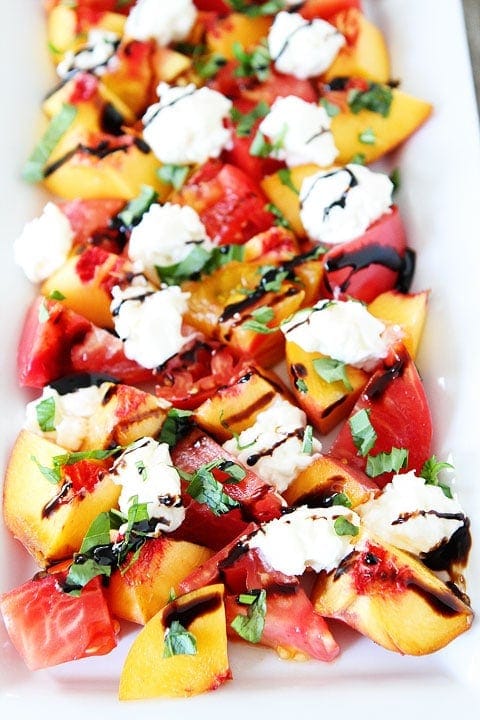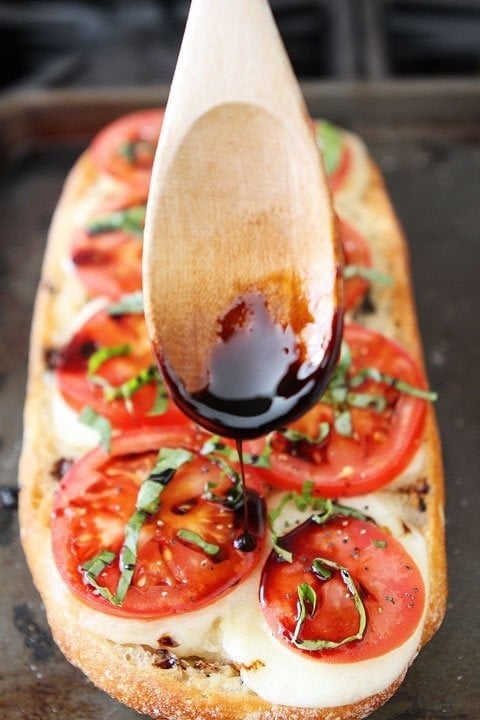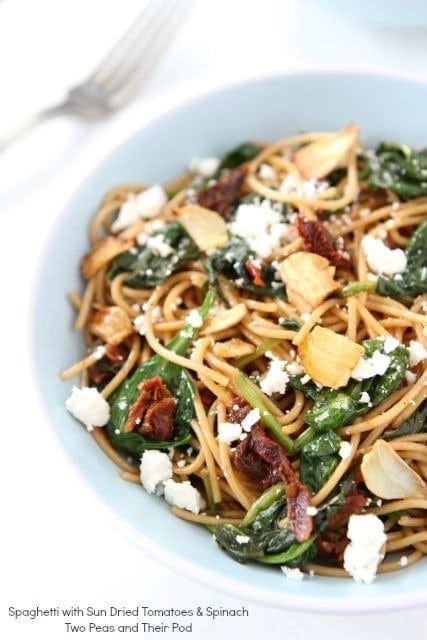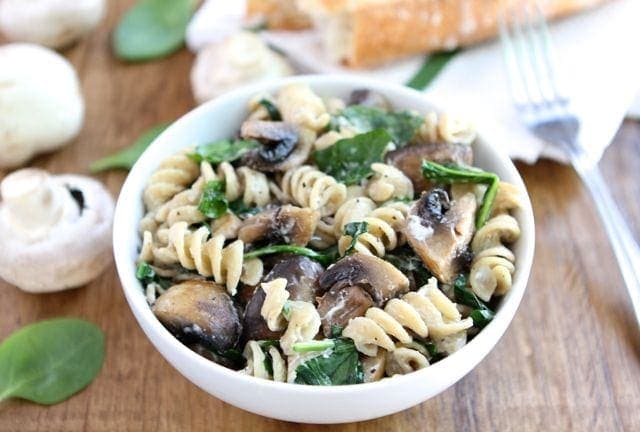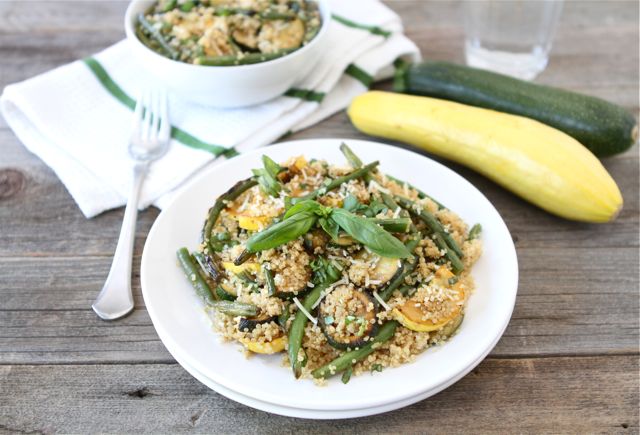Balsamic Vinegar: Important Facts, Health Benefits, and Recipes
Explore the health benefits, history, and types of balsamic vinegar, a dark, concentrated Italian vinegar made from grape must, and learn how to store and use it in various recipes.
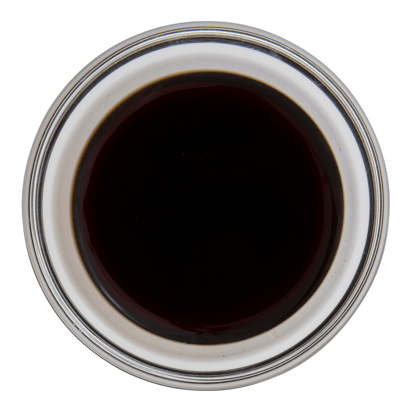
Nutritional Facts
1 tbsp
Amount per serving
Calories
14.1
Carbohydrates
2.7 g
Fat
0 g
Protein
0.1 g
Saturated Fat
0 g
Sodium
3.7 mg
Sugar
2.4 g
Best Balsamic Vinegar Recipes
-

-

-
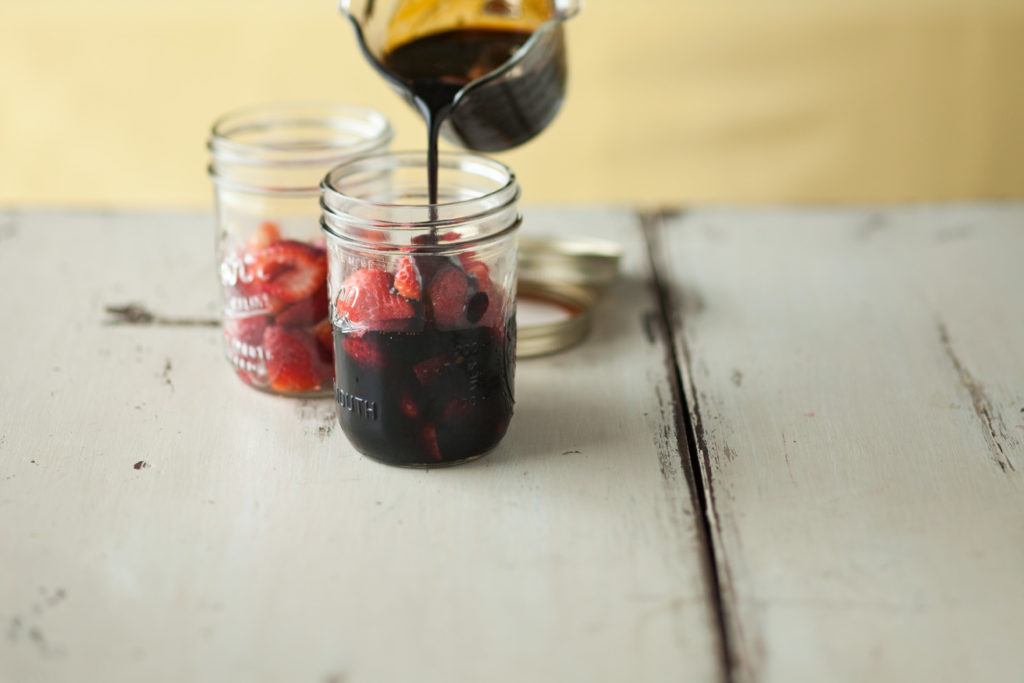
-

-

-

-
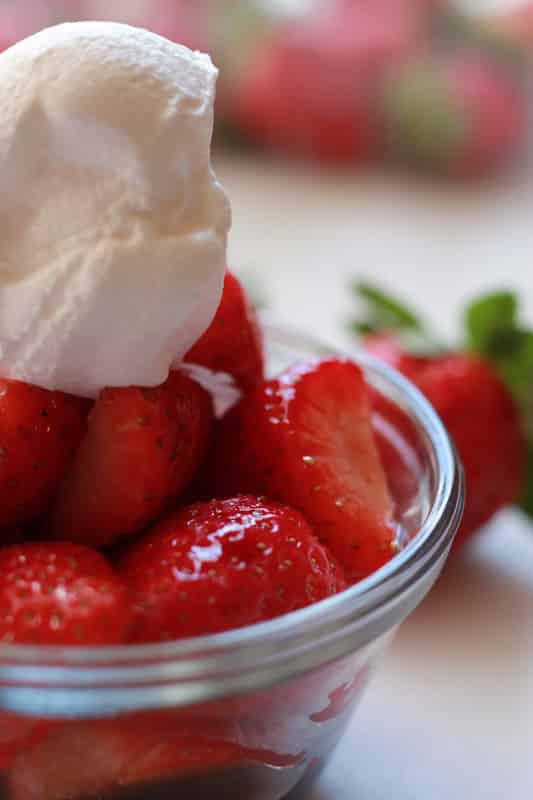
-
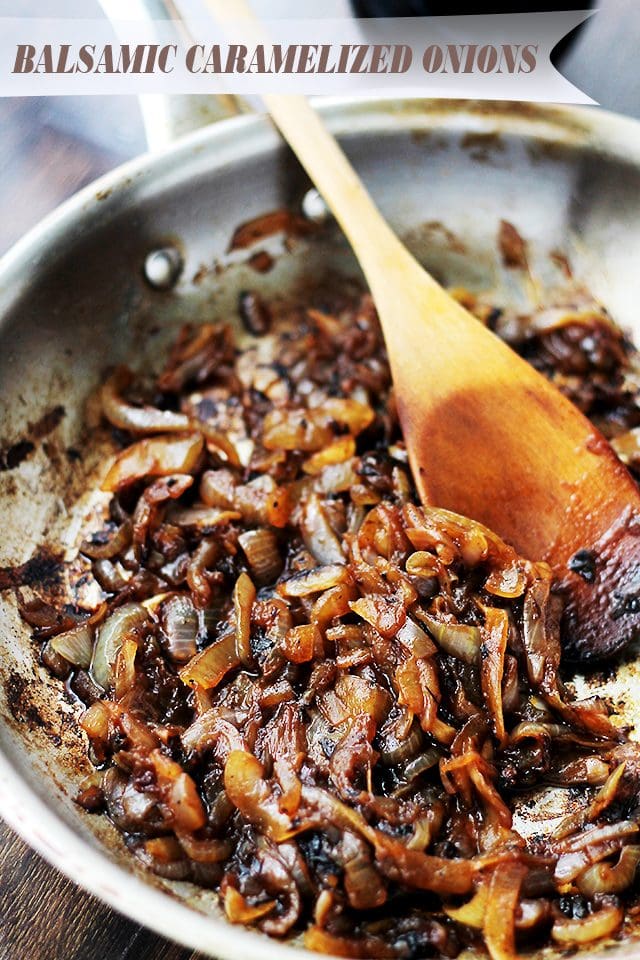
-
![Balsamic Chicken with Roasted Vegetables Image]()
-
![Chicken Caprese Skillet Image]()
-
![Strawberry, Basil and Balsamic Pizza Image]()
-
![Crunchy Caprese Bites Image]()
-
![Fig and Balsamic Soda Recipe Image]()
-
![Caprese Sandwich Image]()
-
![Grilled Strawberry Caprese Cakewich Image]()
-
![Liver and Onions Image]()
-
![Rosemary Roasted Beets Image]()
-
![Spinach and Ricotta Vegetarian Meatballs Image]()
-
![Fresh Fig Salad Image]()
-
![Caprese Breakfast Sandwich Image]()
-
![Bangers and Mash Image]()
-
![Stuffed Portobellos Image]()
-
![Four Homemade Mustards Image]()
-
![Crispy Chicken Caprese Bites Image]()
-
![Caprese Eggs Benedict Image]()
-
![Sheet Pan Balsamic Chicken Image]()
-
![Caramelized Onion Dip Image]()
-
![Roasted Brussels Sprouts with Balsamic Vinegar Image]()
-
![Mediterranean Three Bean Quinoa Salad Image]()
-
![Watermelon Feta Salad Image]()
-
![Creamy Polenta with Roasted Mushrooms Image]()
-
![Avocado Strawberry Caprese Salad Image]()
-
![Roasted Asparagus Image]()
-
![Roasted Grape and Farro Kale Salad Image]()
-
![Pasta Salad with Sun-Dried Tomatoes, Artichokes, and Olives Image]()
-
![Mediterranean Kale Salad with Hummus Dressing Image]()
-
![Cauliflower Bolognese Image]()
-
![Kale and Wild Rice Salad Image]()
-
![Roasted Butternut Squash with Balsamic, Blue Cheese, and Pecans Image]()
-
![Caprese Pizza Image]()
-
![Grilled Zucchini, Chickpea, Tomato, and Goat Cheese Salad Image]()
-
![Roasted Vegetable Pita Sandwich Image]()
-
![Tomato, Peach, & Burrata Salad Image]()
-
![Caprese Garlic Bread Image]()
-
![Balsamic Strawberry Ricotta Shortcakes Image]()
-
![Spaghetti with Sun Dried Tomatoes & Spinach Image]()
-
![Creamy Goat Cheese Pasta with Spinach & Roasted Mushrooms Image]()
-
![Quinoa with Grilled Summer Squash & Green Beans Image]()


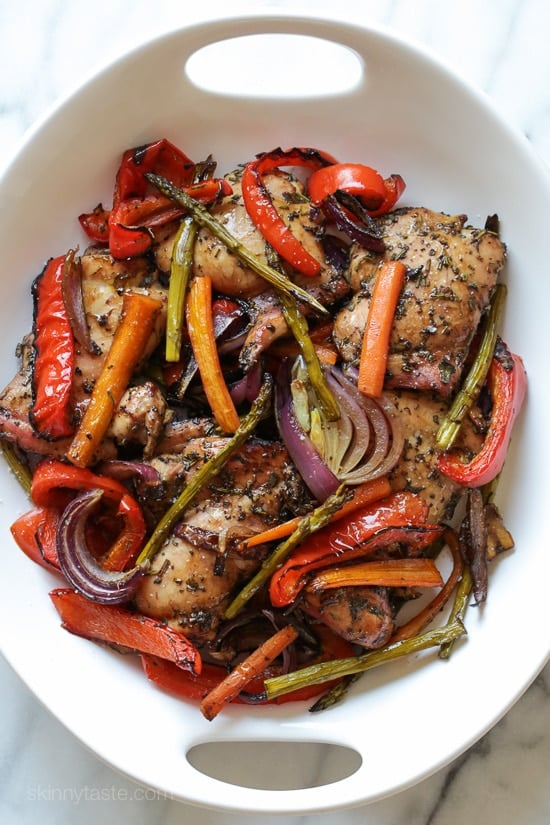
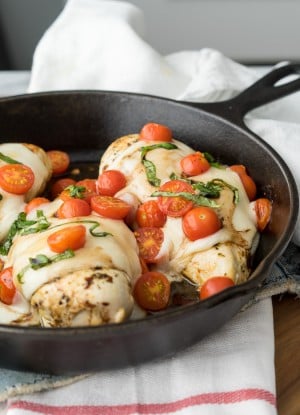


:max_bytes(150000):strip_icc()/__opt__aboutcom__coeus__resources__content_migration__serious_eats__seriouseats.com__recipes__images__2014__08__20170726-fig-balsamic-soda-autumn-giles-0256718c375846e9910c139ff2a6a4e4.jpg)


